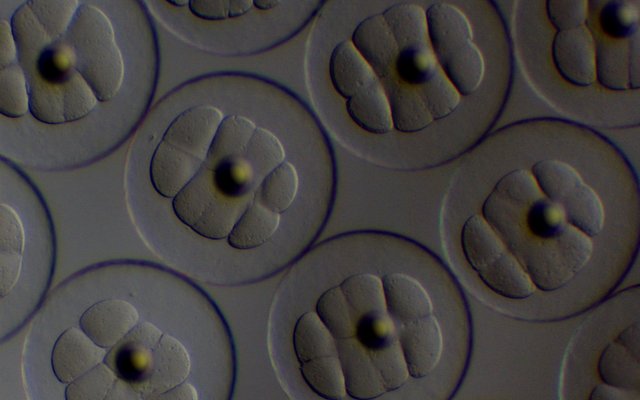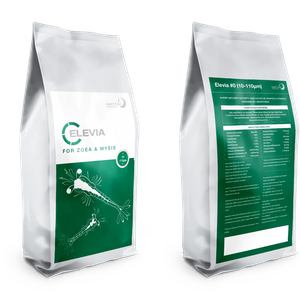A common problem in marine fish hatcheries is the lack of functional embryonic parameters reliably predicting favorable larval outcomes. Embryos characterized as high-quality by typical assessment methods frequently result in weak larvae with high mortality during the endo-and exotrophic transition.
Thus, since there is no universal consensus on what parameters are most associated with successful larval survivability, an international team of researchers aimed to determine the most reliable, practical, and real-time predictor of vitality at the earliest developmental stage for first-feeding larvae of spotted rose snapper (Lutjanus guttatus).
From 18 mass volitional spawnings, the reproductive performance and quality of embryos and larvae were assessed by following quality parameters: total fecundity per spawning, percentage of floating eggs, fertilization rate, blastomere morphology score (at 8–32 cell stages), egg and oil globule volumes, coefficient of variation of eggs and oil globule diameters, percentage of poly-globular eggs, oil globule-to-egg volume percentage, morphological appearance and survival rates at 24 (hatching), 48 and 72 h post-spawning, larvae transition rate, and survival activity index (SAI). SAI was used as a larval vitality benchmark to determine the predictive capacity of the abovementioned parameters.
Results showed that blastomere morphology score was the only parameter positively correlated with SAI. However, when examining each component of blastomere morphology to SAI prediction, only the presence of cell inclusions, but not size, symmetry, margins, or adhesions of blastomeres, predict the SAI. This reveals that embryos with defective blastomeres can develop into normal-appearing larvae but are weak to starvation. Researchers said that cell inclusions are the best real-time, early, reliable, and functional predictor of first-feeding larvae vitality in L. guttatus.
“We suggest that hatchery technicians and researchers utilize the blastomere morphology assessment, including the score sum of cell symmetry, cell size, cell adhesion, cell margins, and cell inclusion or their simplified form, which can include only cell inclusions score, to select batches of high-quality embryos and enhance larviculture success in this species,” researchers concluded.
Reference:
Martínez-Brown, J. M., Álvarez-González, F., Ibarra-Castro, L., Abdo-de la Parra, M. I., Rodríguez-Ibarra, L. E., Rojo-Cebreros, A. H., & Navarro-Flores, J. (2023). Benchmarking of early ontogeny parameters as predictors of the first-feeding larvae vitality in spotted rose snapper Lutjanus guttatus. Aquaculture Reports, 30, 101619. https://doi.org/10.1016/j.aqrep.2023.10161













